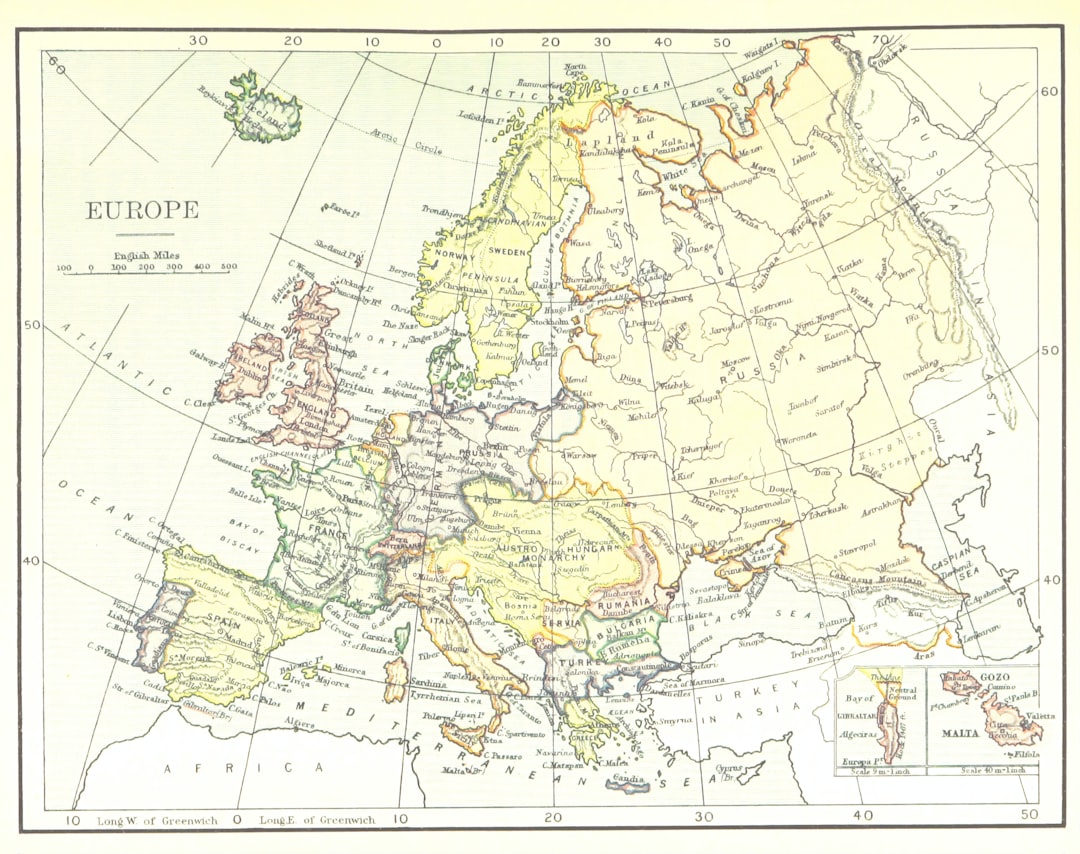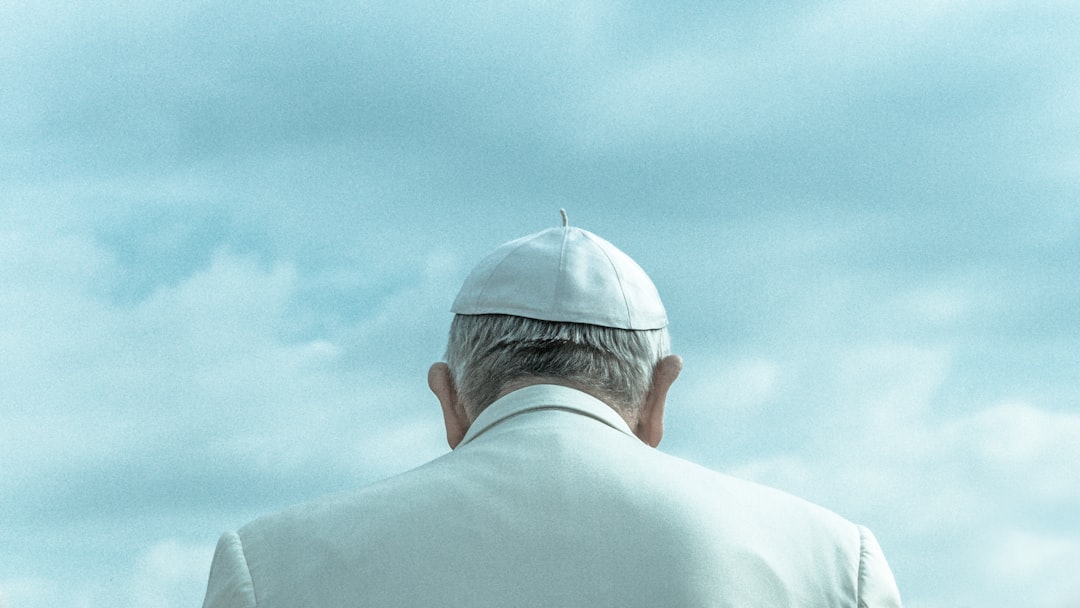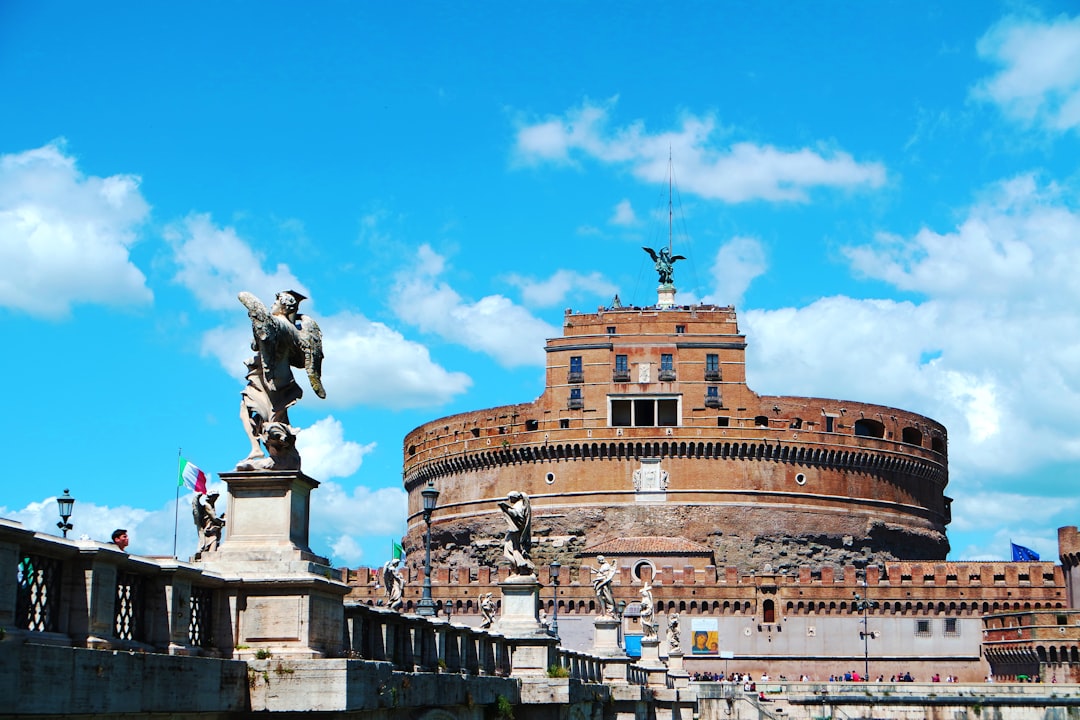What is it about?
The article is about the election of the prince-abbot of the ecclesiastical principality of Stavelot-Malmédy in 1787. Whenever the ruler of this principality died, a new ruler was elected amongst the monks of the Stavelot or Malmédy abbeys. Theoretically religious leadership was the key concept for the monks to choose their new leader, but as a matter of fact other aspects, like international politics or economic issues, were as important. In 1787, emperor Joseph II (ruling the neighbour Austrian Netherlands) tried to elect one of his creatures on the Stavelot-Malmédy throne. To avoid this, the monks of both abbeys constantly shifted their perception of leadership. By doing this they avoided being gobbled up in the Habsburg sphere of influence.
Featured Image

Photo by Geneva Karr on Unsplash
Why is it important?
It shows that small Early modern European sovereign ecclesiastical entities were much more flexible in adapting leadership perceptions during ecclesiastical elections in order to maintain their political independance.
Perspectives
It was interesting to work on this small quite unimportant country and to see how so many important political, religious and economic issues were related to this ecclesiastical election.
Michael-W. Serruys
Vrije Universiteit Brussel
Read the Original
This page is a summary of: Shifting between Religious and Economic Leadership, Church History and Religious Culture, January 2015, Brill,
DOI: 10.1163/18712428-09502003.
You can read the full text:
Contributors
The following have contributed to this page










